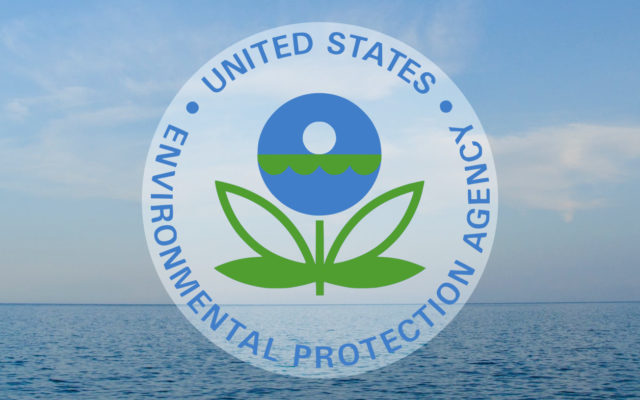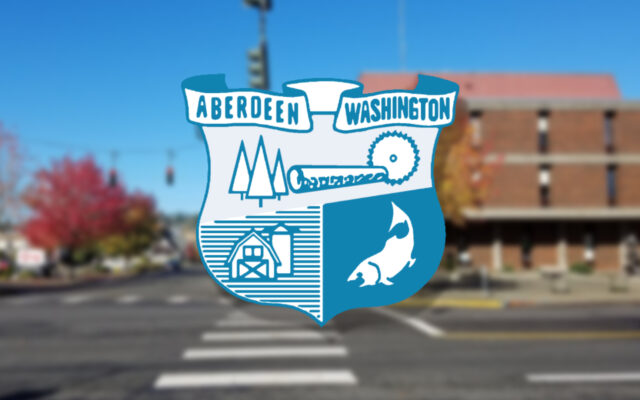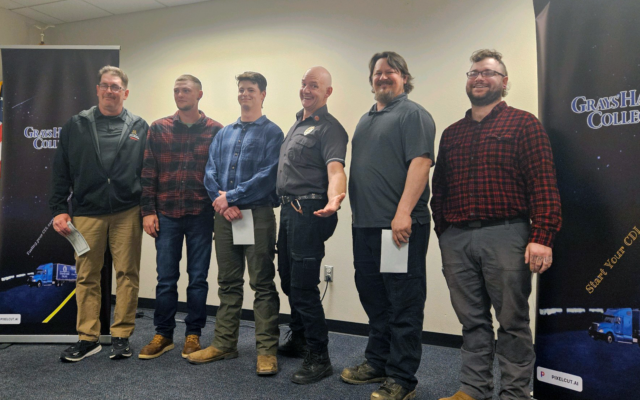EPA awards $2.2 million to test for lead in school drinking water

The U.S. Environmental Protection Agency announced $2,221,000 in grant funding awarded to Washington, Oregon, Alaska, and Idaho to assist with identifying sources of lead in drinking water in schools and child care facilities.
These funds are provided through EPA’s new drinking water grant program established by the Water Infrastructure Improvements for the Nation (WIIN) Act Voluntary Lead Testing in Schools and Child Care grant program.
“Ensuring access to clean drinking water and protecting children from exposure to lead are critically important to EPA,” said EPA Region 10 Administrator Chris Hladick. “This funding will support our states’ efforts to keep children in schools and child care programs safe from the adverse health impacts of lead in drinking water.”
Under EPA’s new Voluntary Lead Testing in Schools and Child Care grant program, EPA has awarded $43.7 million in grants nationwide towards funding testing for lead in drinking water. This helps states create or expand programs to test for lead in drinking water at schools and child care facilities. EPA’s 3Ts (Training, Testing and Taking Action) for Reducing Lead in Drinking Water in Schools will be used by the grantees to assist schools in testing for lead in drinking water and identifying sources of lead such as fountains and faucets.
Testing results carried out using grant funds must be made publicly available.
Alaska Department of Education and Early Development ($111,000)
Alaska will use the grant funds to initiate a testing program for lead in drinking water at schools and child care facilities, prioritizing facilities serving children under six-years old and in underserved and low-income populations.
Idaho Department of Environmental Quality ($285,000)
Idaho will provide child care facilities funds to test for lead in drinking water, focused on facilities serving young children and in facilities that are older and more likely to contain lead plumbing.
Oregon Department of Education ($1,102,000)
Oregon will provide funding, training and technical assistance to schools and child care facilities to test for lead in drinking water. By state laws enacted in 2017, all public schools and licensed child care facilities are required to test for lead in all water used for drinking or food preparation.
Washington State Department of Health ($723,000)
Washington will expand their program to conduct lead testing in child care facilities in addition to public schools. The state will test water fixtures used for drinking or cooking, prioritizing facilities serving children who are most vulnerable to lead exposure.
In 2018, EPA and its federal partners announced the Federal Action Plan to Reduce Childhood Lead Exposures and Associated Health Impacts.
Through the Action Plan, EPA is working to reduce lead exposures from multiple sources including: paint, ambient air, and soil and dust contamination. EPA proposed a rule in 2019 to improve the actions that water systems must take to reduce lead in drinking water. This proposed rule is the first major overhaul of the Lead and Copper Rule since 1991 and requires water systems to take drinking water samples from schools and child care facilities served by the systems.
EPA is taking other actions to modernize aging water infrastructure and reduce exposure to lead, including:
- Financing drinking water infrastructure improvement projects through EPA’s Water Infrastructure Finance and Innovation Act (WIFIA) program. In 2019, 11 of the 38 selected projects will reduce lead or emerging drinking water contaminants.
- Working with states, tribes, and territories to award $87 million in funding through EPA’s two new drinking water grant programs established by the WIIN Act: Voluntary Lead Testing in Schools and Child Care grant program and Assistance for Small and Disadvantaged Communities grant program. EPA will announce funding details for WIIN’s third new grant program dedicated to reducing lead in drinking water systems in early 2020.
- Providing more than $1 billion in 2019 in new federal grant funding for the Drinking Water State Revolving Fund (DWSRF) which can be used for loans that help drinking water systems improve distribution systems by removing lead service lines.
Learn more about our regional grants and EPA’s WIIN grant programs: www.epa.gov/safewater/grants



